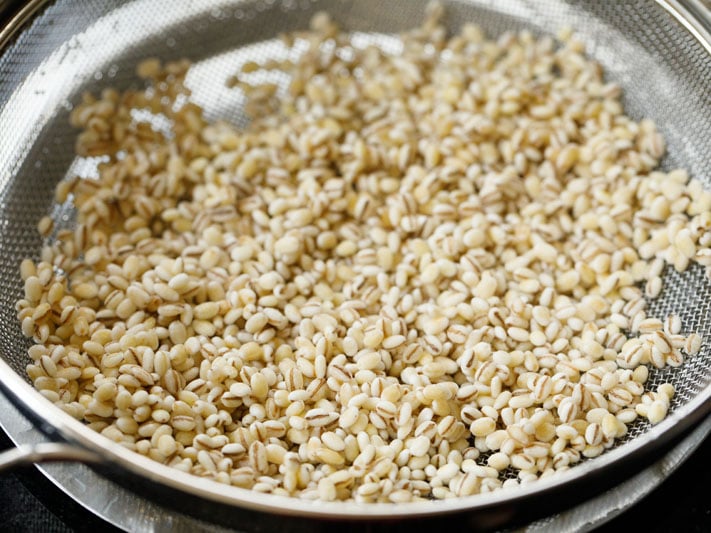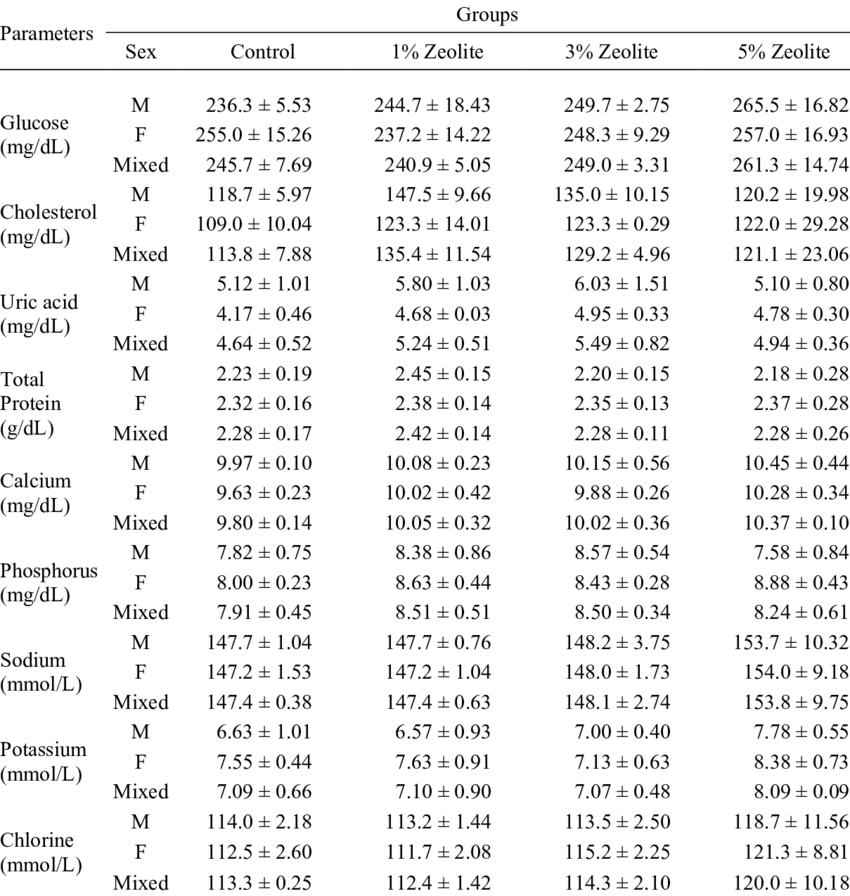
Caveman diets are a good option if you want to lose weight. This diet involves eating food that was available in prehistoric times. It usually excludes cooked food and has fewer carbohydrates. The caveman diet is a way to lose body fat while still maintaining a healthy energy level. The caveman diet is a great way to lose excess body fat while maintaining a balanced energy level. Read on for more details.
Caveman food includes meat, fish, milk products, and other dairy products. These foods are generally healthy as part of a balanced lifestyle and are recommended by MyPyramid. This is an updated version to the Food Guide Pyramid. Healthy adults should consume three cups of low fat dairy products each day. Even though the caveman diet limits grains, it's important not to forget that whole grains are an important part of a healthy lifestyle. This diet is safe for people who aren't pregnant, but it can be harmful for babies.

Caveman eating is not right for everyone. You should start slowly and adhere to the guidelines for open meals if this is your first time trying the caveman diet. This will ensure that you adhere to the program and avoid binging. But be prepared to deal with the occasional temptation to cheat. Some people have difficulty adhering to strict diet rules the first few days. If you are not sure about whether this method is right for you, try it out! It will help with weight loss.
Although some caveman diets discourage exercise, they encourage physical activity. While some recommend no exercise, others encourage you to get outside and hunt and gather. Considering that most of the time during the Paleolithic era was spent hunting and gathering food, it would have taken a lot of physical activity to survive. A caveman's diet does not include grains.
Also, the caveman diet is easier to follow and requires less time. The caveman diet makes it possible to make large batches of soups or stews that can last several weeks. The caveman diet is similar in many ways to the ketogenic diet. However, there are some important differences. The caveman diet is more restrictive than a ketogenic one, and has lower carbs.

Cavemans are active at a higher level. Caveman food is more active, but less processed. The caveman diet is about how much fat and protein the diet contains, rather than what kind of meat it includes. It also bans dairy and gluten from the diet, which were two of the most common Neolithic foods. This diet is great for people with diabetes but not for everyone. This type is recommended only for those who are just starting out.
FAQ
How much does it cost to go to culinary school?
Costs for culinary school vary depending on where you live, how long you study and which program you choose. Average tuition costs between $10,000 and $30,000. Most students graduate with approximately $20,000 in debt. However, some programs offer scholarships, grants, and work-study opportunities.
What are the Qualifications to be a Chef
A bachelor's degree in culinary art is necessary to become a professional chef. In addition, you need to pass a series of tests administered by the ACF. Once you've completed these requirements, you'll receive a certificate verifying your qualifications.
What skills is required to attend culinary school
You must have the ability to cook well and work under pressure. For a basic understanding of cooking, it is advisable to enroll in cooking classes at the local high schools or community colleges. After you have learned the basics, you can apply for jobs in a restaurant or catering business.
Do I need to attend culinary school to become a cook?
No. Many chefs started their careers by learning on their own. Some even went to culinary school just to gain experience. Culinary school is preferred by most chefs because they have more opportunities to grow and learn. Culinary schools allow students to learn hands-on skills, and this helps them improve their cooking knowledge.
What are your basic cooking skills
Basic cooking skills include the ability to read recipes and measure ingredients. This is the first step to learning how to cook. Cooking is a great way save money as you don’t have to order take-out every day.
Statistics
- You'll be amazed that over 90% of CIA students receive scholarships and grants to finish their culinary studies. (ischoolconnect.com)
- According to the BLS, chefs earn $58,740 a year. (learnhowtobecome.org)
- under 10 Kids have been taught that there is special food just for them, and Fiese says that 10 percent of kids will throw a tantrum if they don't get the food they want. (washingtonpost.com)
External Links
How To
How to make the perfect omelet
Omelets are one of my favorite foods to eat at breakfast. But how do you create them perfectly? I have tried many different recipes and methods, but none of them work. I have some tips and tricks to help you make delicious, fluffy omelets every single morning.
We should first know that eggs are very temperamental ingredients when making omelets. It is important that eggs are fresh from an organic market and kept cool until used. They must be kept cool, otherwise the whites will not form properly and the yolks may become runny. This causes your omelets to look oddly colored. If you're going to cook them immediately, it is best if the eggs are still warm.
Another tip is to separate the egg before adding it to the pan. You don't want the white to get mixed with the yolk, as this could cause the egg to curdle.
The bottom part of an egg that is added directly to the stovetop might be burned, which could cause a ruined texture in your omelet. Instead, place the egg in the microwave for 10 second before you put it in the skillet. The heat from the microwave cooks the egg just enough without overcooking it.
Next, let's talk about mixing the eggs. When mixing eggs, it is important to thoroughly beat them. To do this, grab the bowl of the mixer and turn it upside down. Then, vigorously shake the bowl. The egg will be thoroughly mixed in the bowl as the air is whipped.
The fun part is now - adding the milk to the mixture. First, pour half of the milk into the beaten eggs and then fold the eggs gently into the remaining milk. Don't worry if there are still streaks of egg visible; these streaks will disappear once you flip the omelet.
After you have folded the eggs, heat the oil in a pan over medium heat. Once the oil has started to sizzle, turn the heat down to low. Once the oil begins to heat, add 1/4 cup butter and swirl the pan to coat it. Open the lid and sprinkle salt on the pan. An additional pinch of salt will prevent the omelet form sticking to your pan.
Once the omelet has formed, cover the pan again and wait for the top side to set completely. Flip the omelet with a spatula, or flip it upside down. Cook the second side for a minute or so. Take out the omelet and place it in a bowl.
This recipe is best when used with whole milk. But, you can use skimmed milk as well.